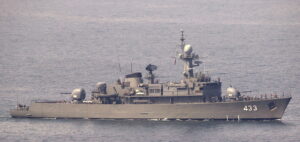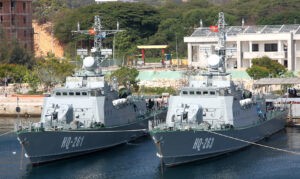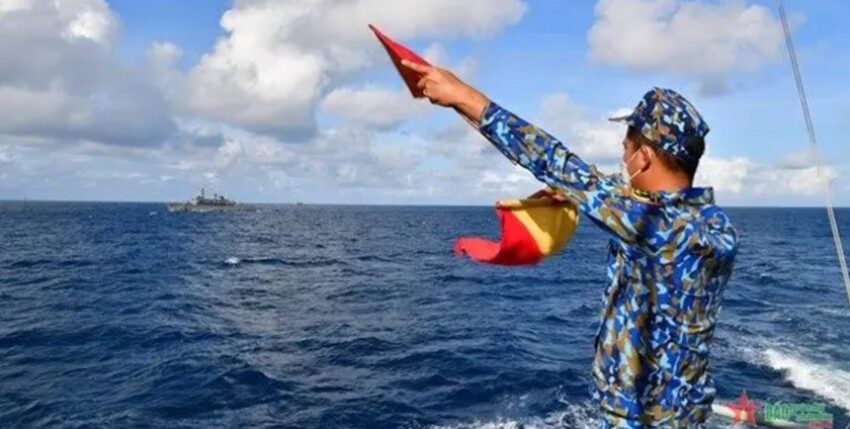They are separated only by a Cambodian coastal strip about 200 kilometres wide: Vietnam and Thailand. Both countries are blessed with thousands of kilometres of sea border and many islands and archipelagos. Added to this are the main arteries of maritime trade, which pass right on each country's doorstep, small and large-scale fishing and, of course, traditionally a bit of piracy. Enough topics to exchange ideas, practise joint procedures and show a politically coordinated presence. Especially in a sea area such as the Malacca Strait for Thailand and the South China Sea for Vietnam.
Code for Unplanned Encounters at Sea
Two ships from each country met again this year for the 44th Thai-Vietnamese joint patrol and exchanged information on illegal fishing, terrorism at sea, sea rescue and search as well as behaviour in the event of a surprise encounter at sea. To ensure that things do not escalate immediately in these situations, the procedures agreed at the Western Pacific Naval Symposium in 2014 are to be practised and applied again and again. The Code for Unplanned Encounters at Sea - the emergency role for two strangers, so to speak - provides mutual safety in dealing with each other.
The participants
The Vietnamese People's Navy deployed the two almost 400-tonne SVETLYAK-class patrol boats 264 and 265 (Almaz, Saint Petersburg, 2012), of which it operates six units, for this part of the manoeuvre. The Royal Thai Navy deployed the rather aged 2,000-tonne frigate MAKUT RAJAKUMARN, which was built by Yarrow in England in the 1970s, and the 600-tonne HUA HIN-class patrol boat KLAENG, which was built nationally in the late 1990s. The frigate was Thailand's flagship for a while until one of the Chinese-built frigates took over from it in the mid-1990s.
Message transmission by flag waving
The binational exercise project is certainly not of global interest, as neither side had exactly sent the first guard. But there should also be a place here for navies that are not always in the limelight. What is remarkable, however, is the signalling procedure shown in the available Vietnamese photo documentation: flag waving! This method is not only used by the US Navy and the Japanese Navy, but also here! I wonder what the language used will be - English?
WhatsApp 50 years ago
Incidentally, the author still remembers very well having practised waving from the bridge to the aft signal station with his Thai crewmate as a sea cadet on board the training ship DEUTSCHLAND in 1971 during the free watches. However, because it was no longer on the syllabus, only very few officer cadets had indulged in this fun - and never had to practise it later. Incidentally, the sea cadet Champirat became an admiral - the author did not.











